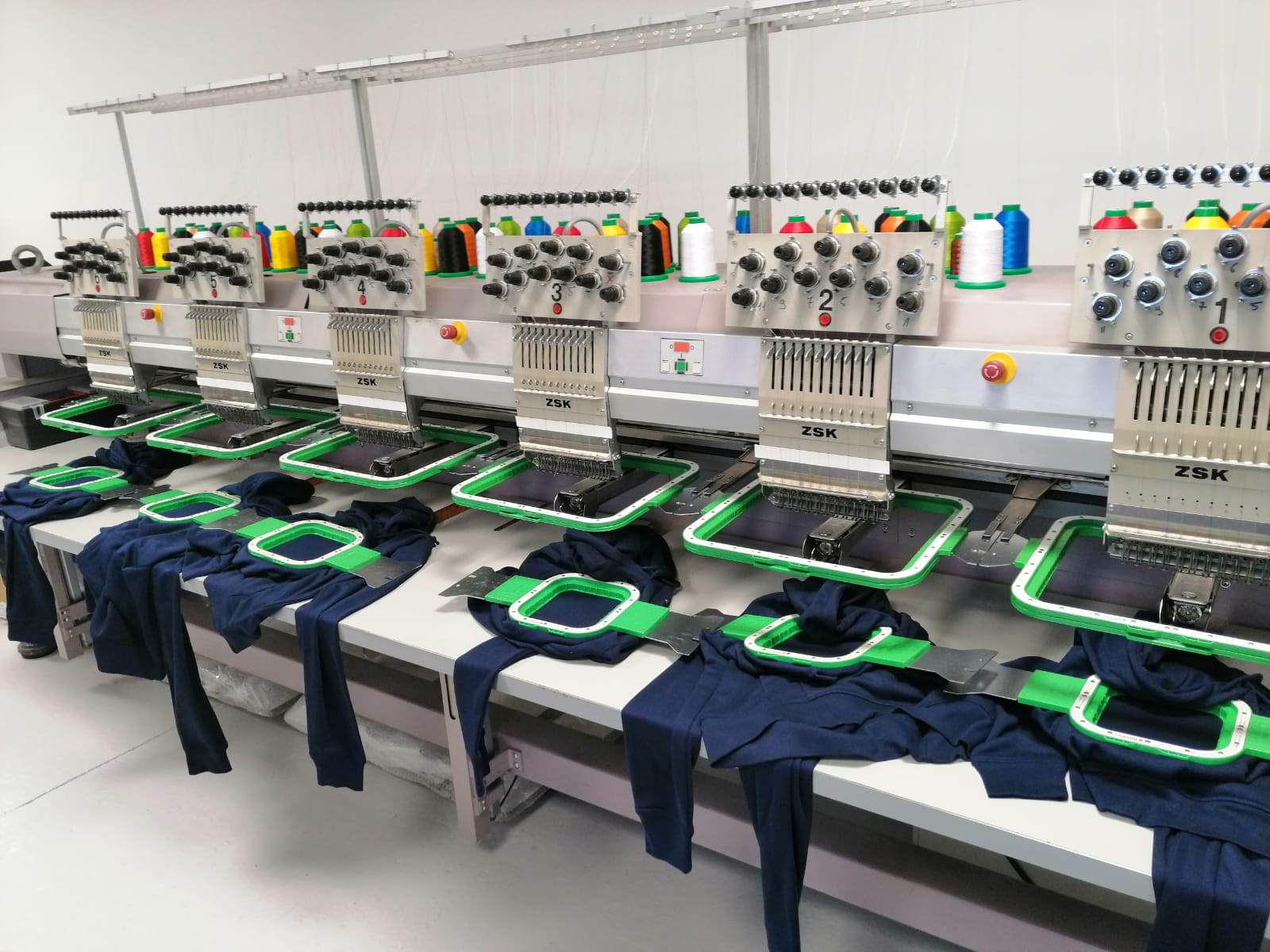From Thread to Traffic: The Embroidery Programmer Who Learned to Code (My Journey, Part 4)
My life as a young man had been a series of disconnected passions: the logic of systems, the freedom of the early internet, the creative outlet of poetry and HTML, described in Part 3. I was back at university, closing academic gaps, when a chance encounter opened a door I never knew existed. A friend mentioned an opening at his family’s sewing factory for a “Computer Embroidery Programmer.” The word “Programmer” was a magnet I couldn’t resist. The next day, I was at the job interview, ready for a new challenge.
Cracking a New Kind of Code
I had never encountered anything like it, but I was determined to master it. They offered to train me, and I accepted on the spot. My mentor walked me through the workflow, and just like with mIRC years ago, I didn’t just learn it; I devoured it. The logic of converting vectors to physical stitches became my new obsession.
My role was to take a client’s blurry logo from a crumpled fax and turn it into a flawless embroidered product. This wasn’t art class; this was engineering. I’d scan, trace, program, and then take the design to the factory floor myself.
“In a department full of women, I was the only guy standing by the machine, watching every stitch. I wasn’t just observing; I was analyzing, debugging the physical world. For me, every pulled thread was a bug in the code that I had to fix to achieve a perfect execution.”
From Digital Code to Factory Hustle
My job wasn’t confined to a computer screen. I was the guy driving across the city to deliver goods and transport patterns. My work often took me to the main sewing workshop next door. Being a young guy surrounded by the hum of machinery and a workshop full of young seamstresses was a welcome change of pace from staring at a monitor. More importantly, seeing the entire production line hammered home a crucial lesson: a perfect digital design is useless if the physical system can’t execute it flawlessly.

Building My First Lead-Gen Engine
Once I’d mastered the factory’s workflow, I saw an opportunity. Using my self-taught HTML skills, I built two websites: one for our embroidery and another for the main sewing company. The sewing company’s owner had big dreams but no follow-through, so his site went nowhere. But the embroidery business was solid. My simple site started pulling in new clients. I had built a system that worked.
After a year of juggling my studies and this full-cycle job, I had my own “dealer price.” When the previous programmer returned, the timing was perfect. I resigned and went solo. I had my own operation now. It was small, but it was mine, and I already had my sights set on scaling it up.
From Small Jobs to a Major Score
I was hungry for more. I started plastering links to my site on forums and classifieds boards. That hustle landed me a massive order: three truckloads of towels for a major hair care brand. They chose me for one reason: the perfect quality I could guarantee. My obsession with a flawless final product had paid off, big time.
That success solidified a plan in my mind, sharp and clear: move to Kyiv, build a professional website to attract clients from the capital, outsource the production to the factories in Kharkiv, and profit from the simple arbitrage. It was a perfect business model.
By my 5th year of university, the plan was in motion. But to make it in the capital, I needed cash for rent and expenses. My first move in Kyiv had to be a practical one: get another job as an embroidery programmer to fund my real ambition.
The Pivot
For the next two years, I bounced between two companies, even running an entire department. But the owners were greedy and the scene was unstable. All the while, my own website was a steady stream of income. I had proven the concept to myself: I could build a digital engine that generated real money.
The realization hit me like a ton of bricks. My real power wasn’t programming stitches; it was building the system that brought in the customers. It was time to pivot. Hard. I opened a job search site and saw dozens of listings for something called “SEO.”
The embroidery era was over. My interest had completely shifted. A new set of systems was waiting to be built, and a new definition of ‘programmer’ was calling my name.
To be continued in the Final Part…
